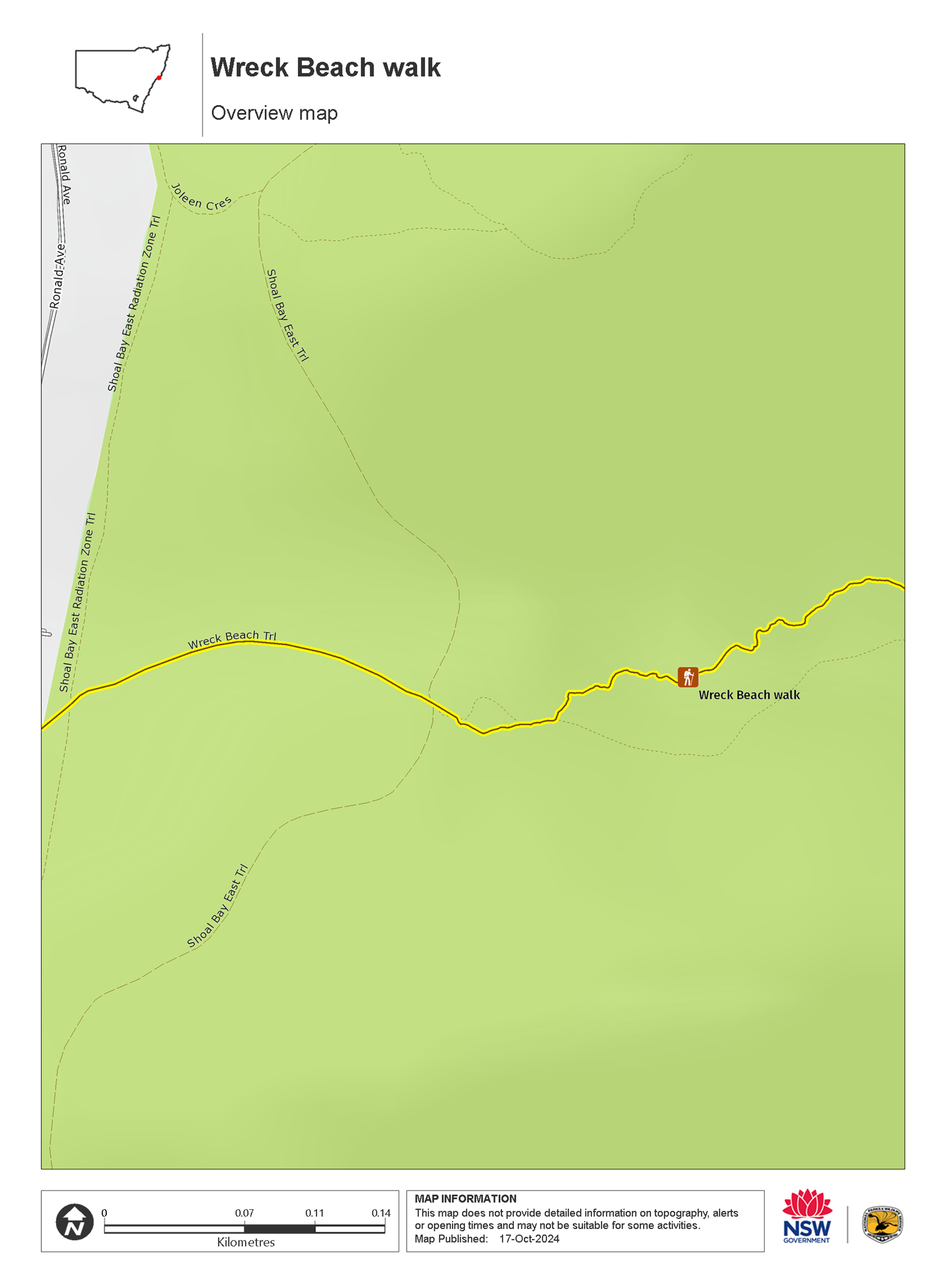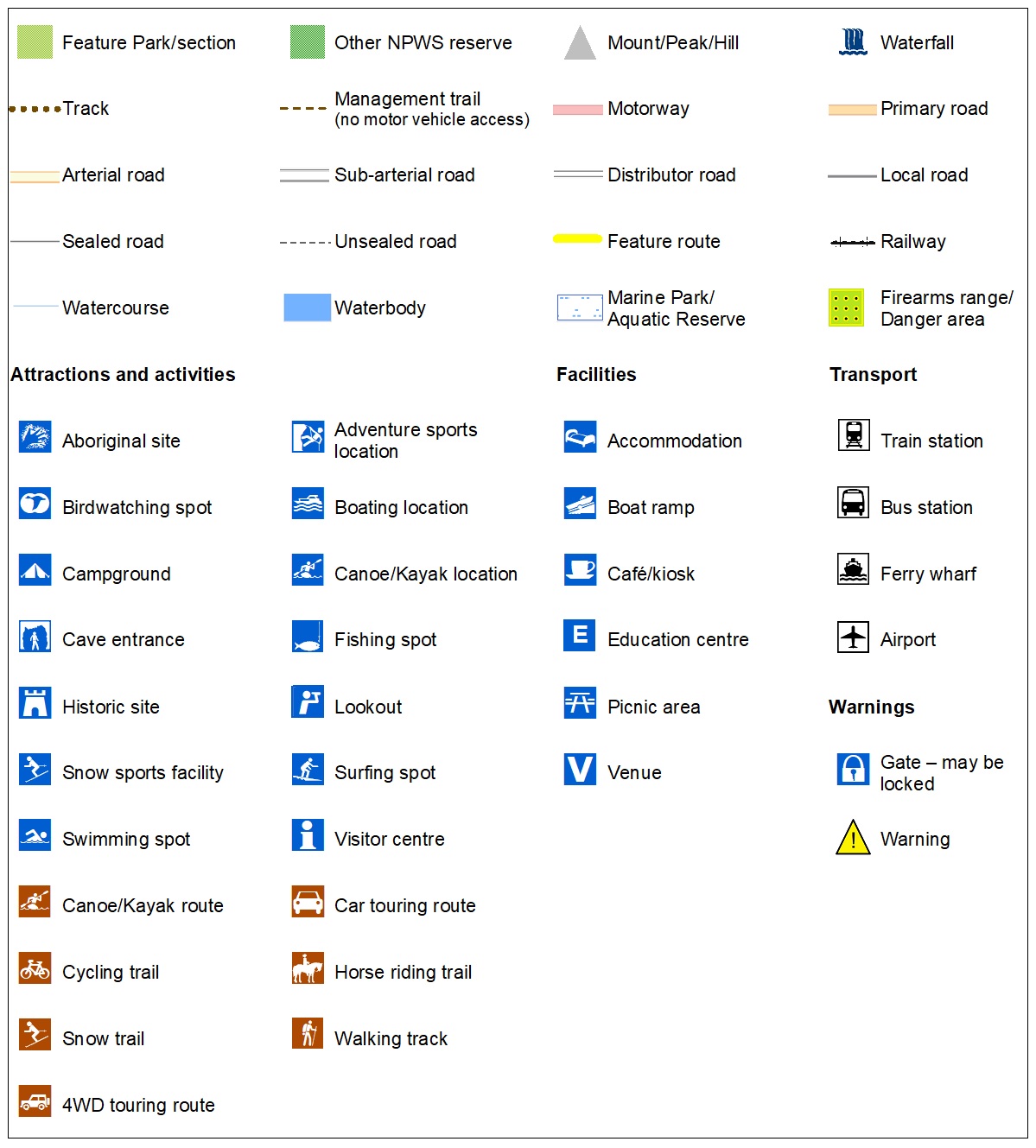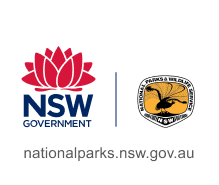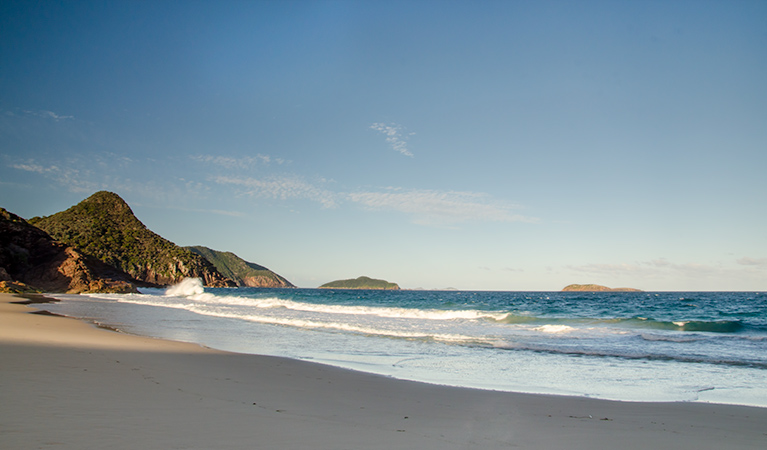Wreck Beach walk
Tomaree National Park
Overview
The short walk to Wreck Beach offers a private alternative to the beaches of Port Stephens, with opportunities for picnicking and whale watching.
- Where
- Tomaree National Park in North Coast
- Distance
- 2km return
- Time suggested
- 30min - 1hr
- Grade
- Grade 4
- What to
bring - Hat, sunscreen, drinking water
If you’re looking for a peaceful spot to soak up the serene marine splendour of Port Stephens, take this short walk to Wreck Beach - tucked away behind the houses at Shoal Bay and visible from the majestic lookout at Tomaree Head summit.
From Verona Road, follow the track uphill and onto the fire trail which eventually takes you onto Wreck Beach walk. Walking through this lush coastal angophora forest leads onto a small cove, with beautiful sand and open views of the ocean, which is perfect for seasonal whale watching. You might even spot a bottlenose dolphin frolicking with their calf in summer.
Enjoy a walk barefoot along the beach as the water laps at your feet. When you’re finished, settle down in a relaxing picnic spot and enjoy the solitude of one Port Stephens’ best kept secrets. If you feel like getting in the water then your best option is to drive five minutes over to Box Beach; a better swimming spot with great facilities.
Map

Map legend

Local alerts
For the latest updates on fires, closures and other alerts in this area, see https://www.nationalparks.nsw.gov.au/things-to-do/walking-tracks/wreck-beach-walk/local-alerts
General enquiries
- National Parks Contact Centre
- 7am to 7pm daily
- 1300 072 757 (13000 PARKS) for the cost of a local call within Australia excluding mobiles
- parks.info@environment.nsw.gov.au
Park info
- in Tomaree National Park in the North Coast region
Tomaree National Park is always open but may have to close at times due to poor weather or fire danger.
Visitor info
All the practical information you need to know about Wreck Beach walk.
Maps and downloads
Learn more
Wreck Beach walk is in Tomaree National Park. Here are just some of the reasons why this park is special:
Aboriginal heritage

Tomaree National Park is the traditional land of Worimi People and provided a range of resources, including food, medicines and shelter. The ancient landscape of the park is part of the cultural knowledge and 'Dreaming' stories of the Worimi People and remains an important Aboriginal place today. The south end of the park includes Birubi Point, a declared Aboriginal Place. A walk along the beaches of Tomaree National Park are a walk along ancient travel routes used by Worimi to travel north and south through their Country.
- Aboriginal culture Bring your students to this unique excursion in Tomaree National Park, near Port Stephens. They’ll experience the park through the eyes of an Aboriginal person on this Stage 2 (Years 3-4) Aboriginal culture Geography excursion.
- Birubi Point Aboriginal Place Learn more about the culture of the Worimi People at Birubi Point Aboriginal Place in Tomaree National Park, near Anna Bay. Hear Worimi artist, Gerard Black, discuss his artwork titled Matjarr nguka biinba.
- Birubi Point to One Mile Beach walking track This 7.5 km one-way walk from Birubi Point to One Mile Beach offers ocean views and Aboriginal culture. Located in Tomaree National Park near Port Stephens, it winds through several coastal villages with convenient facilities.
- Birubi storytelling: Matjarr nguka biinba A place of significance for Worimi People, Birubi Point is a declared Aboriginal Place. Listen to Worimi artist Gerard Black describing the meaning in his artwork through our video and audio stories.
- Junior ranger: Tomaree coastal adventure tour Be guided by a NPWS Discovery ranger on this bush to beach adventure in Tomaree National Park.
Birdlife and koala country

The park's beaches and rocks support sooty oystercatchers and the swamps support active populations of wallum froglet populations of migratory shore birds including the eastern curlew and red-necked stint. See if you can spot the passing bar-tailed godwit - this long-beaked bird holds the record for the longest non-stop flight; 11,000km without a break. Visit in winter to see colourful lorikeets and honeyeaters feeding on wildflowers in the coastal heathland and in summer you'll see migratory tropical species including cuckoos and rainforest pigeons. Look close at the surrounding shoreline and you may find green turtles and dugongs. Tomaree National Park also offers the opportunity to see one of Australia's iconic animals up close. See koalas feasting on swamp mahogany in and around the park, or in the trees around One Mile Beach carpark.
- Fingal Island eco-walk and lighthouse tour Discover the captivating history of Point Stephens Lighthouse and Fingal Island on this tour with Aquamarine Adventures. Take in the incredible views and immerse yourself in this magical landscape in Tomaree National Park, near Nelson Bay.
- Junior ranger: Tomaree coastal adventure tour Be guided by a NPWS Discovery ranger on this bush to beach adventure in Tomaree National Park.
- Ocean rockpool nature tour: Tomaree Discover the amazing world of rockpools along the rocky shores of Fishermans Bay on the Tomaree National Park coastline. See what you can find below the surface, not far from Nelson Bay.
- The Earth's environment Join The Earth's environment Geography excursion for Stage 2 (Years 3-4) students at Tomaree National Park, near Port Stephens. They'll discover how NSW National Parks safeguards over 10 per cent of land in NSW.
- Tomaree 4WD tag-along and passenger tours Explore the fabulous sand dunes of Tomaree National Park safely with experienced guides from 4WD Tag-Along and Passenger Tours, near Nelson Bay and Port Stephens.
Ancient landscape

The northern section of Tomaree National Park has 4 peaks, the largest being Tomaree Head at 162m high. Overall, the landscape is the residual surface of a peneplain uplifted during the tertiary period (65 to 1.8 million years ago) and subsequently eroded, leaving the more resistant volcanic rocks as small hills. Port Stephens is a flooded river valley. The western sections of the park are sand deposits of fluvial and estuarine origin.
- Embrace Tomaree women's guided coastal walk Join Women Embrace Adventure on a multi-day hiking getaway on the Tomaree Coastal Walk in beautiful Port Stephens, near Newcastle. This tour is all inclusive, so you don’t need to worry about a thing.
- Junior ranger: Tomaree coastal adventure tour Be guided by a NPWS Discovery ranger on this bush to beach adventure in Tomaree National Park.
- Ocean rockpool nature tour: Tomaree Discover the amazing world of rockpools along the rocky shores of Fishermans Bay on the Tomaree National Park coastline. See what you can find below the surface, not far from Nelson Bay.
- Surf lessons in Tomaree National Park Feel the thrill of riding waves at some of Australia’s most beautiful beaches on a surfing tour with Mojosurf in Tomaree National Park.
- Tomaree 4WD tag-along and passenger tours Explore the fabulous sand dunes of Tomaree National Park safely with experienced guides from 4WD Tag-Along and Passenger Tours, near Nelson Bay and Port Stephens.
Military history

Follow in the footsteps of Australian soldiers on the trail to Tomaree Head. The historic Fort Tomaree played an important role in the defence of Port Stephens during World War II, including Tomaree Head that was solidly armed with gun emplacements. You can take a guided Discovery tour of the gun emplacements to find out more about this historic site.
- Fingal Island eco-walk and lighthouse tour Discover the captivating history of Point Stephens Lighthouse and Fingal Island on this tour with Aquamarine Adventures. Take in the incredible views and immerse yourself in this magical landscape in Tomaree National Park, near Nelson Bay.
- Fort Tomaree walk Fort Tomaree walk is an easy walk that runs just below Tomaree Head Summit walk and takes you to the World War II gun emplacements, used in the defence of east coast Australia during World War II.
- Point Stephens Lighthouse and Fingal Island Take a boat or a tour to Fingal Island and explore Point Stephens Lighthouse and historic ruins. Aquamarine Adventure run regular tours to Fingal Island. It's not safe to walk across the sand spit to the island as the tide and swell can change quickly.
- World War II gun emplacements Discover the military history of Port Stephens on a guided tour of the historic gun emplacements at Tomaree Head in Tomaree National Park on the north coast of NSW.
Plants and animals protected in this park
Animals
-

Koala (Phascolarctos cinereus)
One of the most renowned Australian animals, the tree-dwelling marsupial koala can be found in gum tree forests and woodlands across eastern NSW, Victoria and Queensland, as well as in isolated regions in South Australia. With a vice-like grip, this perhaps most iconic but endangered Australian animal lives in tall eucalypts within a home range of several hectares.
-

White-bellied sea eagle (Haliaeetus leucogaster)
White-bellied sea eagles can be easily identified by their white tail and dark grey wings. These raptors are often spotted cruising the coastal breezes throughout Australia, and make for some scenic bird watching. Powerful Australian birds of prey, they are known to mate for life, and return each year to the same nest to breed.
Plants
-

Old man banksia (Banksia serrata)
Hardy Australian native plants, old man banksias can be found along the coast, and in the dry sclerophyll forests and sandstone mountain ranges of NSW. With roughened bark and gnarled limbs, they produce a distinctive cylindrical yellow-green banksia flower which blossoms from summer to early autumn.
-

Smooth-barked apple (Angophora costata)
Smooth-barked apple gums, also known as Sydney red gum or rusty gum trees, are Australian native plants found along the NSW coast, and in the Sydney basin and parts of Queensland. Growing to heights of 15-30m, the russet-coloured angophoras shed their bark in spring to reveal spectacular new salmon-coloured bark.
-

Grass tree (Xanthorrea spp.)
An iconic part of the Australian landscape, the grass tree is widespread across eastern NSW. These Australian native plants have a thick fire-blackened trunk and long spiked leaves. They are found in heath and open forests across eastern NSW. The grass tree grows 1-5m in height and produces striking white-flowered spikes which grow up to 1m long.

